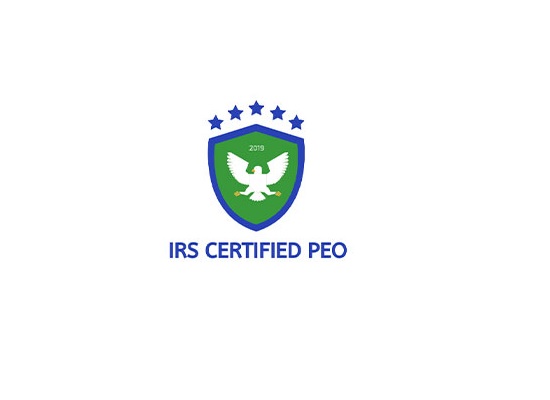Unfortunately, doing it this way doesn’t work well. It’s too dependent on how people feel about employees instead of the value of their performance. Without a formal system, employer attempts to measure performance will probably fail.
Employers should always work to improve their performance management practices. Their goals are to assess employees’ productivity, encourage individual growth and facilitate organizational performance. No one questions the need for performance management, but many disagree about the best methods to use. Are yearly assessments helpful? Do performance bonuses work? Or should old methods be scrapped in favor of a new approach? According to many employers, the following methods do work to boost individual and company-wide performance.
Clearly Defined Goals
Employees cannot meet goals if employers do not clearly define and measure them. “Do your best” is obviously not a good goal statement, but some companies offer little more guidance than that. Worse, sometimes different managers will give employees different goals, depending on their department and their own understanding of the objectives. As a result, A confused employee is not a productive one.
To avoid this problem, management can take several steps. They can send out clear and detailed memos on measurable goals and company objectives. They can also use goal-tracking software that lets employees and management know exactly where they stand. Other visuals, such as the standard chart, work. So does holding brief check-in meetings to keep everyone focused on the goal. Sure, employers may sound like a broken record at times, but they’ll keep their objectives in the forefront, which is where they need to be.
Yearly Reviews
Employees have long feared the yearly review while also seeing it as an opportunity. An excellent review often meant a raise and sometimes a promotion. A critical review could put the employee’s job in jeopardy and leave them in limbo until the next year’s assessment. Their importance made them quite stressful.
Older workers are used to this system and many accept it. Younger or even middle-aged workers may not. Currently, millennials make up a large proportion of the workforce. Millennials were raised to appreciate the feedback. As a group, they prefer frequent, informal check-ins. That way, they can make corrections as they go and be reassured that they are doing a good job.
Companies benefit from frequent check-ins, too. These assessments allow employers to identify problems early, preventing them from costing the company money. Also, these check-ins lead to better employee performance and strengthen the employer/employee bond, leading to long-term employment. When companies retain employees, they save money and increase productivity. When a company has a big churn rate, it causes remaining employees to work longer hours and assume more duties. Some long-time employees may resign as a result.
Meet with and ABO professional today to learn how we can help you excel with our turn-key solutions.
Bonuses
Employers have often used extra financial compensation to manage performance. Some critics would say that employees owe employers their best efforts for their regular salaries or hourly rates and shouldn’t need more money to do their jobs. Others would argue that bonuses recognize exceptional work that goes beyond their job descriptions. In performance management, the most important question is whether bonuses work.
Bonus effectiveness depends on management’s criteria. A performance bonus based on 12-months of consistently high productivity can motivate employees to do their best throughout the year. Of course, the bonus has to be significant in order to inspire these efforts. If the company award bonuses for average work, then the bonus loses its power. For instance, a company-wide holiday bonus is a gracious gesture but doesn’t aid performance after the initial glow wears off.
Some employers have found that semi-annual bonuses work even better than the yearly merit bonus. With these bonuses, employees get timely reinforcement for their efforts. And those who don’t earn the first bonus can adjust their job performance in time for the second one. Humans tend to have short attention spans. These semi-annual rewards address that issue.
Performance Management Software
When employees know where they stand, they are likely to perform better. So employers should give them a system that keeps them updated on their status. This step doesn’t have to be time-consuming if employers use available technology.
All companies can benefit from using performance management software systems. An excellent program can increase employee engagement and save your HR department time while increasing record accuracy. A well-designed dashboard lets employees keep up with their attendance, productivity and management reviews. They can quickly see where and when they need to take action to correct their records or improve their performance. This solution is excellent for companies of all sizes but can be especially useful to small businesses and/or HR departments.
Employee Feedback
Employees need to have a voice in the company’s performance management system. They will buy into the system if they believe it is impartial. That means eliciting employee feedback, something that can make an HR department grimace. When collected correctly, getting direct feedback can be invaluable.
Management should hold a brief meeting explaining the process and then send out an anonymous survey that allows employees to express their concerns and ask for changes. Many of their suggestions will be valid and improve the entire process. Management wins when it listens to the workers because employees feel empowered.
Certified Professional Employer Organization
Small and medium businesses can improve their performance management systems by using a certified professional employer organization such as America’s Back Office. These organizations allow companies to outsource some or all of their HR tasks to highly experienced professionals. They can handle performance management, labor law compliance, employee benefits, new employee onboarding, workers compensation, and time and attendance issues. Companies can get the benefit of a well-staffed HR department at a low cost and without adding employees to their payroll.
Visit America’s Back Office website today to get a free quote on our services.


